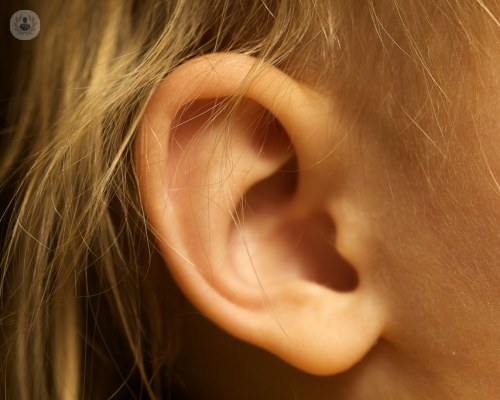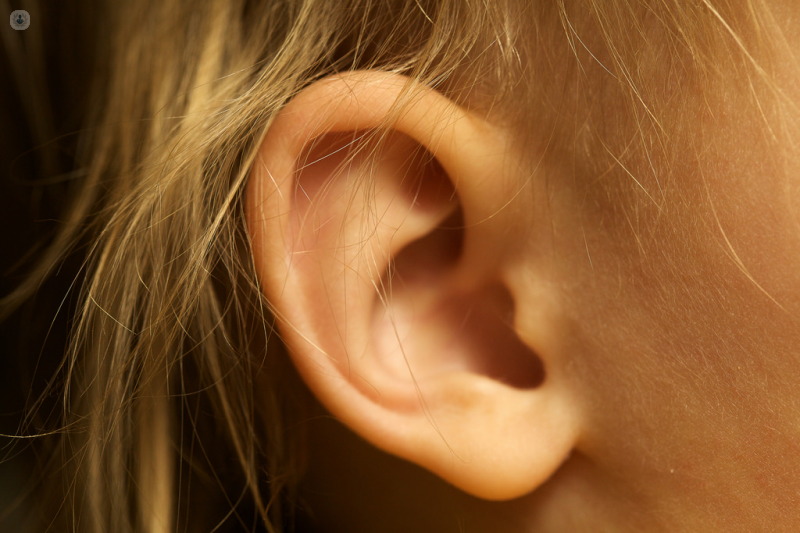
Osseointegrated implants and ear microsurgery to recover hearing loss
With the development of osseointegrated impants, a path of hope was opened for totally deaf and partially deaf children, enabling them to recover their hearing. Nowadays this technology allows for the auditory recovery of thousands of patients with profound hearing difficulties - even in cases of total deafness.

What are osseointegrated implants?
Currently, hearing aids help people all around the world, with various types of deafness or degrees of deafness. The correct adaptation and selection of a hearing aid device is essential to bring about a satisfactory result. When conventional hearing aids or surgery are not effective, osseointegrated implants have been of great help in auditory recovery in certain types of people. The most recent innovation in this type of hearing aid is that osseointegrated implants are totally hidden under the skin and only require adaptation by magnetic induction of a small external element when the patient wants to use them. This enables hearing in totally deaf patients where deafness was caused by infections, trauma, malformations, or in those who have had surgery to remove auditory nerve tumours and whose only option to hear is through these implants.
Ear microsurgery
Ear microsurgery and the use of lasers are still the best solutions for certain types of deafness, such as otosclerosis, which causes the fixation of one of the ear bones, the stirrup, and which must be replaced by a prosthesis, to restore its mobility and, therefore, hearing.
Chronic otitis or otorrhea cause deafness in addition to infections that endanger other nearby structures. Surgery enables control and correction of the infection, and in many cases, auditory recovery.
Otiological vertigo, aka Meniere's disease, is a rather common pathology caused by a labyrinthine and inner ear injury, which causes vertiginous violent episodes, tinnitus, and progressive hearing loss. For patients who do not respond to medical treatment, surgical options yield excellent results.
Another type of deafness, acoustic neurinoma (vestibular schwannoma), is potentially very serious because of the intercranial progression of a tumour that, although benign, may be dangerous to the patient. Its extirpation (removal) is currently performed through microsurgery, laser and ultrasound.
Presently, it is possible to recover the hearing of patients with osseointegrated implants that enable hearing on the affected side by transmitting it to the healthy ear, giving the impression that the patient hears through the deaf ear.
Microsurgery and increasingly advanced electronics can allow total hearing recovery in patients who at other times would remain deaf. .

